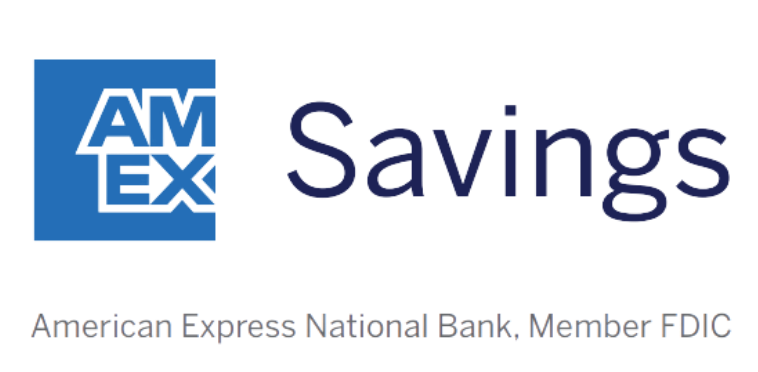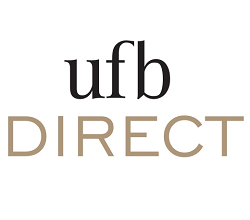Most Americans don’t have a ton of money in the bank. The median balance in Americans’ transaction accounts is $8,000, according to the Federal Reserve’s Survey of Consumer Finances. That’s the combined total across all types of bank accounts, including checking, savings, and money market accounts.
It’s a different story for the richest Americans. While you’d expect people at the highest levels of wealth to have more money in the bank, how much they have may still surprise you.
How much the richest Americans have in the bank
The top 10% of Americans by net worth have $128,000 in the bank. That’s 16-times as much as the typical American. Here’s a breakdown of Americans’ median account balances by net worth.
| Net worth percentile | Median balance on transaction accounts |
|---|---|
| 90–100 | $128,000 |
| 75–89.9 | $41,500 |
| 50–74.9 | $13,000 |
| 25–49.9 | $4,380 |
| Less than 25 | $1,000 |
Data source: Survey of Consumer Finances.
Bank account balances are one of many areas where wealth is largely concentrated among the richest Americans. The top 10% (and to a lesser extent, the top 25%) have well-funded checking and savings accounts. The bottom 50% have a median balance of $1,000 to $4,380 — less than the average household’s monthly expenses.
Our Picks for the Best High-Yield Savings Accounts of 2024
|
American Express® High Yield Savings 
APY 4.25%
|
APY 4.25%
|
Min. to earn $1 |
|
UFB Portfolio Savings Account 
APY 5.15%
|
APY 5.15%
|
Min. to earn $0 |
|
Western Alliance Bank High-Yield Savings Premier 
APY 5.31%
Min. to earn $500 to open, $0.01 for max APY
|
APY 5.31%
|
Min. to earn $500 to open, $0.01 for max APY |
Setting your own banking goals
Now you know how much other Americans have in the bank. But how much should you have in your own accounts? That depends on your monthly expenses and your upcoming financial goals.
It’s generally recommended that people have:
Let’s say your living expenses are $3,000 per month. You’d keep $3,000 to $6,000 in your checking account to cover your expenses. And you’d aim for $9,000 to $18,000 in your savings account as an emergency fund.
Your savings account is also where you’d save toward future expenses. You could set aside money for your yearly vacation, holiday gifts, a down payment on a home, and anything else you’ll need money for in the near future.
How to build your savings
If you don’t have anywhere near that much in the bank, these numbers can feel overwhelming. Saving up several months of living expenses is no small feat, but it’s an important part of being financially secure. When you have plenty of money in the bank, you’re ready for anything life throws at you.
Here are a few tips that can help you save more:
- Pay yourself first. Transfer money to your savings account immediately after you get paid every month. You could also set up automatic transfers so you don’t need to do this manually.
- Break down savings goals into smaller parts. Instead of aiming for a $15,000 emergency fund right off the bat, go for $1,000. Once you’ve done that, go for $2,000, and keep repeating this process.
- Be careful how much you spend on your home, car, and food. These tend to be the largest monthly expenses, and they’re also where people often overspend. If you can keep these costs reasonable for your income, you’ll have a much easier time saving money.
- Make sure you’re using a high-yield savings account. These accounts have much higher interest rates than the average savings account — some earn APYs above 5%. A higher APY means you earn more, and it can also serve as good motivation to save money.
Remember that saving money is a long-term process. It’s hard to make progress if you only save every now and then. But if you make it a habit, you’ll see your savings steadily increase, and you’ll be in a much better financial position.
These savings accounts are FDIC insured and could earn you 14x your bank
Many people are missing out on guaranteed returns as their money languishes in a big bank savings account earning next to no interest. Our picks of the best online savings accounts could earn you 14x the national average savings account rate. Click here to uncover the best-in-class accounts that landed a spot on our short list of the best savings accounts for 2024.
